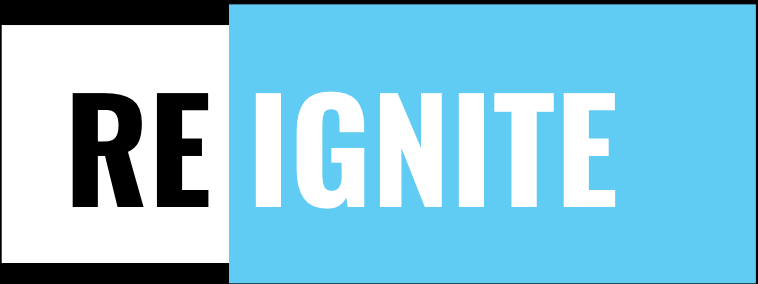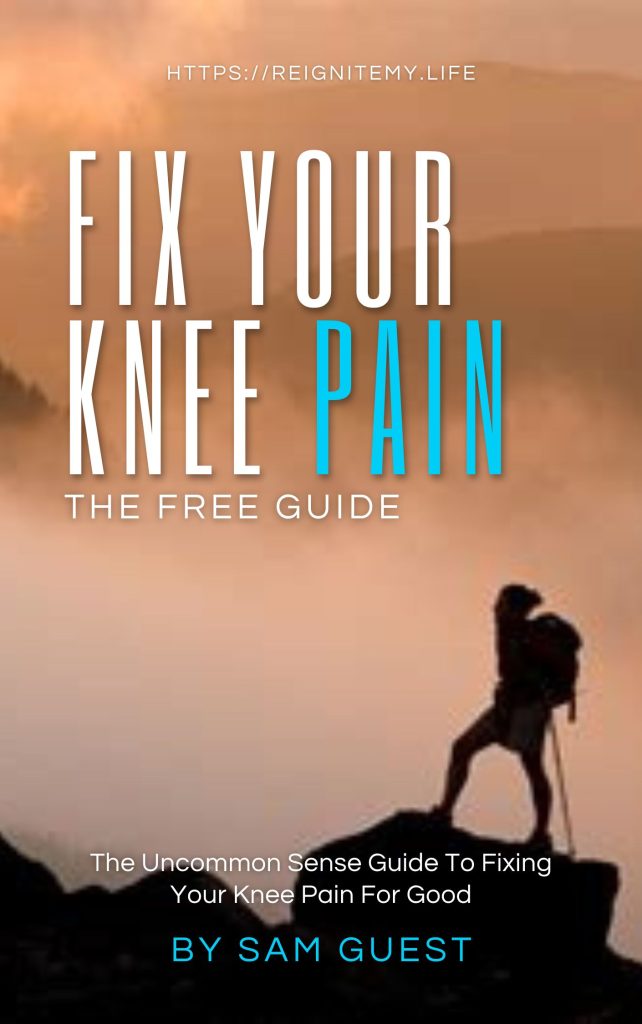Now if you’re trying to build muscle after 40, I’m sure you’ve heard the terrifying statistic that we lose 1% of muscle mass a year naturally once you pass the big 4. 0.
When I first heard this I thought it sounded a bit like one of those BS marketing campaigns, designed to make us fearful and more likely to buy something. So I decided to dig a bit deeper.
Now it turns out that for most of us that while this is technically true it doesn’t mean there’s nothing you can do about it, or that you’re doomed to whither away into a frail, old geriatric…
Far from it.
Most of the solutions I found focused on which type of exercise to do to counteract this decline.
However pretty standard for the Health & Fitness industry, no one could agree on which form of exercise was best.
- Some said you had to lift lighter weights but do more reps (up to 3 sets of 30-40 reps) so you recovered faster.
- Others that you had to do heavy training to build bone mass.
- Others that you need to up the intensity and the duration. Basically do more and harder.
- And others that you need to do less and focus more on recovery.
Given these inconsistencies could it be that the exercise you actually do isn’t really important at all?

What if instead we looked at WHY we are losing muscle mass and addressed those factors.
Let’s look at some examples.
WEIGHT
As we age metabolism slows down. This mean’s if you were to eat the same diet at 40 as you did at 20 it’s the equivalent of eating an extra Big Mac a day compared to your 20 year old self. A sure fire way to pile on the pounds.
Add to this the fact that most of us are less active and more stressed (as we generally have more stuff going on) at 40 than we were at 20. And that both of these are known causes of weight gain. You can see the likelihood of us carrying more weight around at 40 is high.
Carrying extra weight means extra stress on the joints. Which leads to more wear and tear and a higher chance of aches, pains and injury. Injury which stops you exercising, leading to muscle loss and decreased performance..
STRUCTURAL PROBLEMS
If you’ve had a desk job for 20 years (which is generally impossible at 20) you’re more than likely going to have structural problems. ie. a skeleton which is slightly out of shape and so imbalanced.

This leads to a reduced efficiency of movement and reduced strength through the movement. This also gives you a higher risk of injury and simply means that the same action of doing a bicep curl or practicing your favourite sport is less efficient at 40 than it is at 20. As your levers aren’t working as effectively.
OLDER MUSCLES
Over time as your body ages, your muscles, tendons, fascia and surrounding tissues tend to become more rigid, have more knots in them and lose elasticity. Which can contribute to an overall loss of strength and a hugely increased chance of injury.
Combine this with a reduced amount of something called Systemic Enzymes (the body slows production of these down from the age of 25). These are the chaps which go in and eat up scar tissue on the muscles. Scar tissue which causes weakness and brittleness.
This causes the recovery process to slow down. Especially when you overload your muscles and joints with heavy weight training. Making those little aches and pains you feel every morning just that much more noticeable the day after a workout.
HORMONES
We have naturally lower testosterone when we’re 40 than when we’re 20. Testosterone which is essential for not only feeling great in general (in men AND women) but also for putting on muscle.
If, rather than focus on which workout we were doing, we instead focussed on raising testosterone. It wouldn’t matter which workout we did as we’d gain muscle (and feel a lot better!) effortlessly.
BONE DENSITY
By the age of thirty, you have achieved peak bone density, when you’re young your body replaces damaged bone with newer healthier bone. As you get older your body doesn’t replace it as quickly.
Between 30 and 40 years old your body replaces as much bone as it loses. However once you hit 40 a smaller amount of bone is replaced which can lead to them becoming thinner and brittle.
Again this is something which is easily reversible and stronger bones mean a stronger frame on which to build functional muscle.
One thing you HAVE to realise.
There is absolutely no reason why we can’t gain muscle at 40 like our 20 year old self.
University of Oklahoma researchers compared people of different ages who followed the exact same program for eight weeks. They found that guys between 35 and 50 years old built just as much muscle as those between 18 and 22 years old. DEXA scans showed that the college-aged men gained around two pounds of muscle, while the middle-aged men put on 2.5 pounds of muscle.

Moreover, strength gains in both the bench press (7 pounds for the college-aged men and 14 pounds for the middle-aged men) and leg press (55 pounds for the college-aged men and 40 pounds for the middle-aged men) were similar in both groups.
So I want you to realise there is much more to gaining muscle than just hitting the gym.
So for getting this far through the post I want to give you a little gift, here’s my favourite hack for packing on muscle fast (and boosting testosterone to boot).
Double your calories (eating clean food) and hit the gym heavy 3 times a week for 2 weeks. Easy, simple and damn effective.
You’ll be surprised how quickly your body responds…whatever your age!

